CULTIVATING STUDENTS AS CHANGE AGENTS
Written by Katelynn Theal, Ever Active Schools
Through research led by Dr. Kate Storey and her team with the School of Public Health at the University of Alberta, it has been demonstrated that there are necessary conditions that need to be in place within a school setting for the Comprehensive School Health (CSH) to be successfully implemented. They have identified both core conditions, and contextual conditions. Find the full list of these conditions, along with more background on the CSH framework on our website here.
Today I wanted to highlight one of the essential conditions: Students as Change Agents. Students’ voices, their leadership and their enthusiasm create increased engagement in wellness initiatives and activities. Students drive change by engaging their peers within the school community as well as their families at home. When they are bought into an idea, they become the heart of the idea and drive it forward.
CULTIVATING STUDENT CHANGE AGENTS
School staff and health partners looking to create healthy, safe, caring school communities need to engage students – from the start, and throughout the entire process. It’s not just about listening to what students have to say, but about valuing what they are telling us and seeing them as contributing members of the education system.
When looking at the six-step community development process to support CSH, it is important to have students at the centre of each step.

Step 1: Prepare
This step is all about building your team, gaining support from school community members, and partners. A huge part of the school community are students. Be sure their voice, and presence is part of this team! If meeting times are not conducive to student schedules, get creative, have a student subcommittee, or consult them in other ways, during school hours.
Step 2: Create a shared vision
This is where your team wants to come to a common understanding of what makes your school a “healthy school”. The unique perspectives, and insights from students are needed here. Check out some great visioning activities students can participate in on the Alberta Health Services website.
Step 3: Determine priority Issues
Students should be at the table when assessments are done, such as the healthy school planner. Just like in the visioning step, their unique perspective will highlight successes, and gaps teachers and other staff might not know about. Also, having them involved this early in the process it increases their buy in and excitement for future planned activities—setting them up to help drive activities in the implementation phase. If logistics make it difficult to have students participate directly in the assessment, collect their input in other ways such as student surveys.
Step 4: Develop an Action Plan
Students are creative and brilliant. Let them take the lead on designing some of the activities for the action plan. What a great classroom assignment!
Students have been actively involved since the start, and got to design some of the activities. Now they get to shine, as leaders, as they drive the change within the school community. Their excitement and buy-in will spread to their peers, and even at home.
Step 6: Reflect, Evaluate, celebrate
Conducting and analyzing activities is a great classroom assignment. Always remember celebrations! Your whole team, including the students, worked hard, and recognition is very important.
MAKING STUDENT LEADERSHIP COUNT
This past summer at a team meeting my coworker Jamie Anderson asked our team to reflect on what the key ingredients are for student leadership—here is a snapshot of just some of the ingredients we brainstormed:
| Partnerships with outside organizations and businesses | The opportunity to lead | Some responsibility, a little bit of pressure | The opportunity to take initiative |
| Empathy from trusted adults | Role models | Mentorship from Elders | Voice and choice |
| Different opportunities to express themselves | Youth led and designed opportunities | Opportunities to fail (with support) | Opportunity to earn credits or volunteer hours |
So, I challenge you to mix up some of these ingredients, and see what kind of masterpiece comes out! Use the CSH process to guide you in engaging students early and often in making your school a healthier place.
Students can change the world, and if we let them, they will change our schools!




